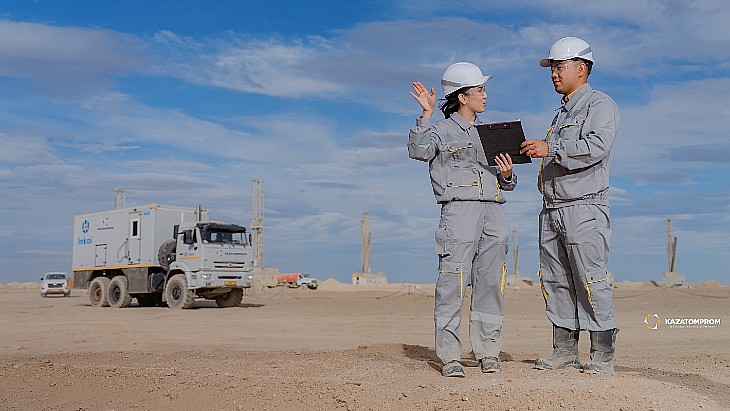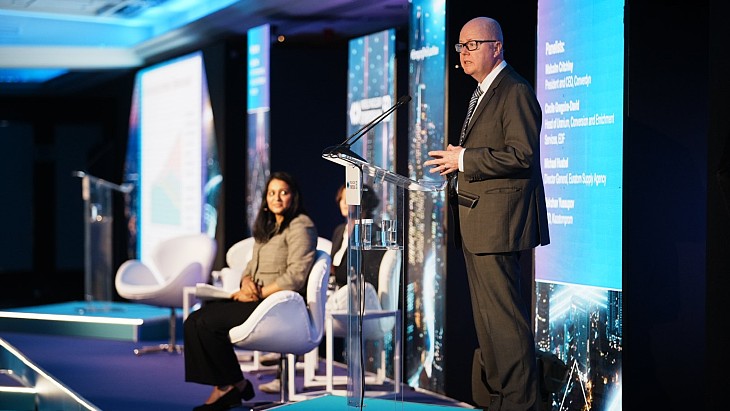TVEL said the introduction of this technology at the Elemash Machine-Building Plant - a TVEL facility in Elektrostal, in the Moscow region - made it possible to launch the production of fuel pellets from uranium disilicide and experimental fuel elements for subsequent tests in a research reactor.
The uranium disilicide fuel composition has a number of advantages, according to TVEL. These are high density and uranium content, which can allow a transition to longer fuel cycles without increasing uranium-235 enrichment, as well as high thermal conductivity combined with low heat capacity, which means less heat stored in the reactor core and lower fuel cladding temperatures in emergency situations. Another advantage is the lower operating temperature of the fuel pellet compared to uranium dioxide, which improves the performance of the fuel.
Since the beginning of 2019, Rosatom has been conducting reactor tests of accident-tolerant fuel assemblies for light water reactors.
The experimental assemblies have passed three full irradiation cycles in the MIR research reactor at JSC "SSC RIAR" in Dimitrovgrad, in the Ulyanovsk region. These assemblies contain fuel rods with four different combinations of cladding and fuel matrix materials: in addition to uranium dioxide, uranium-molybdenum alloy with high thermal conductivity has been also used for fuel pellets fabrication.
In September 2021, the first Russian-made fuel bundles with experimental ATF fuel rods were loaded into the VVER-1000 reactor core at unit 2 of the Rostov nuclear power plant in southwest Russia. Three fuel assemblies which each contain 12 experimental rods were loaded into Rostov 2. Six rods have cladding made from chromium-nickel alloy, and the other six have a standard zirconium alloy cladding with chromium coating. The experimental rods contain uranium dioxide fuel pellets.
ATF designs aim to enhance performance during normal operations at nuclear power plants and provide operators with more time to respond in the event of loss of active cooling. Such fuel may incorporate the use of new materials and designs for cladding and fuel pellets.
Framatome, GE/GNF and Westinghouse are also all developing ATF concepts for light-water reactors, with the help of funding from the US Department of Energy. China and Japan are also developing such fuel.

.jpg)



_57190.jpg)
_49098.jpg)






